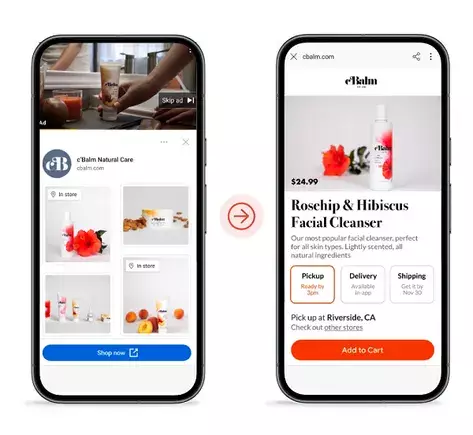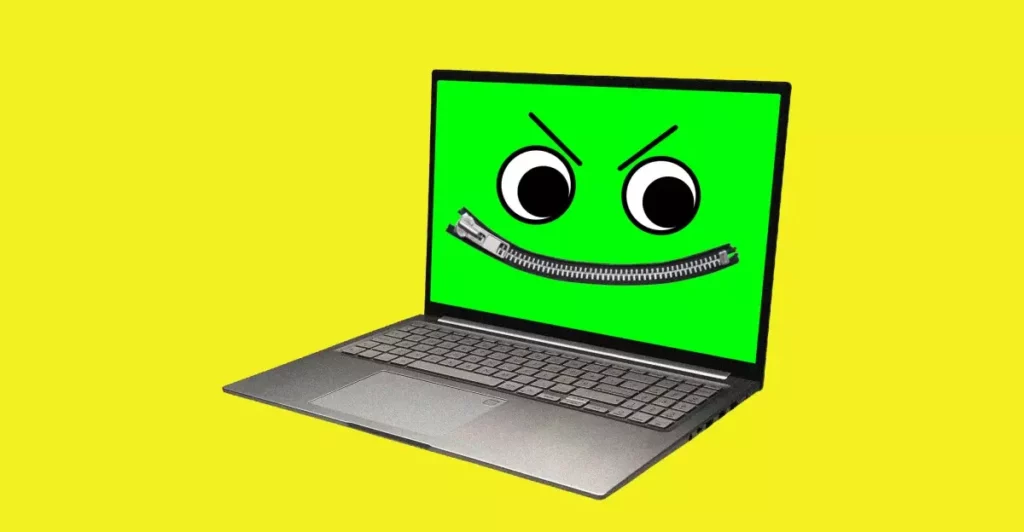Google’s latest announcements about new advertising tools paint an enticing picture of technological progress. Yet, beneath this shiny veneer lies a sobering reality: these innovations leaning heavily on AI integration may inadvertently widen the gap between small and large businesses. Big corporations, with their more substantial budgets, can exploit these tools to dominate search visibility, leaving smaller players stranded in the shadows. While Google touts the benefits of AI-generated content, targeted ads, and shoppable videos, it fails to acknowledge that the cost of entry continues to rise under the guise of progress. The promise of maintaining brand visibility amid AI’s rising prominence becomes a double-edged sword—where the scale of investment directly correlates with market dominance. For small businesses, this wave of automation and quick content generation could swiftly become an insurmountable financial hurdle, potentially killing the entrepreneurial spirit that relies on organic growth and authentic engagement.
Automation vs. Authenticity: The Only Winner is Big Tech
With Google’s push toward AI-generated images, videos, and even text assets, the fundamental question becomes: Are these tools genuinely empowering brands, or simply enabling tech giants to tighten their grip on the advertising landscape? The latter is an unsettling truth. AI content creation promises rapid, cost-effective advertising assets, but often at the expense of authenticity and individuality. Small businesses, with their limited creative resources, might find themselves overwhelmed by the demand for high-quality visuals or engaging narratives. Meanwhile, large corporations that can rapidly test and deploy numerous AI assets will likely outpace their competitors. Major brands will leverage Google’s AI capabilities to craft hyper-targeted, professional-grade ads that the average small business simply cannot afford to replicate consistently. The result: a slicker, more homogenized digital marketplace where authenticity is sacrificed at the altar of efficiency, favoring big spenders over genuine connections with consumers.
Whispered Monopoly and the Erosion of Fair Competition
Google’s integration of shoppable YouTube ads exemplifies how the company is continuously consolidating its control over digital advertising channels. This seamless convergence of search, video, and commerce consolidates Google’s ecosystem into an all-encompassing advertising monolith that smaller players cannot hope to compete against effectively. The enhanced asset creation tools, batch content generation, and AI-powered design features, while impressive on paper, signal a creeping monopoly where access to these resources is heavily skewed toward the well-funded. This ecosystem will inevitably favor companies capable of investing heavily in AI-driven ad campaigns—another step toward reinforcing the dominance of large corporations and squeezing out smaller competitors. As Google’s tools become more sophisticated, the playing field becomes increasingly uneven, undermining the promise of a free and fair marketplace. Instead, we find ourselves witnessing the slow death of genuine competition, replaced by an AI-fueled duopoly controlled by a handful of tech giants.
The Center-Right Liberal Perspective: Endgame of Unchecked Corporate Power
From a pragmatic, center-right liberal standpoint, these developments evoke genuine concern about corporate overreach. While technological innovation undoubtedly has its merits, allowing one company to mold the advertising environment so comprehensively risks stifling entrepreneurship and innovation from the ground up. Small businesses often serve as the backbone of economic vitality, and their marginalization in this AI-driven landscape signifies a troubling shift toward monopolistic control. Policy frameworks should aim to regulate the excessive dominance of tech giants, ensuring that cutting-edge tools do not become mechanisms of exclusion. Balanced regulation could foster a marketplace where innovation benefits all and not just those with the deepest pockets. If left unchecked, these AI-driven ad tools threaten to transform digital advertising from a vibrant, competitive arena into a proprietary playground for corporate giants, undermining the very essence of economic dynamism and fair opportunity.
The Future of Advertising: A Double-Edged Sword
In essence, Google’s latest advancements encapsulate the contradictory nature of technological progress. On one hand, AI offers unprecedented efficiency, visual storytelling, and targeted reach; on the other, it consolidates power in the hands of a few, marginalizing smaller players who lack the resources to keep pace. Whether this evolution will lead to a more vibrant, democratized marketplace or a monopolized droid factory remains to be seen. As consumers, we might enjoy the convenience of highly personalized advertising, but we risk losing the diversity of voices and stories that small, authentic brands bring. As policymakers and entrepreneurs alike navigate these shifting sands, there must be a conscious effort to balance innovation with fair competition—lest we surrender the future of digital commerce entirely to the whims of monopolistic conglomerates.









Leave a Reply